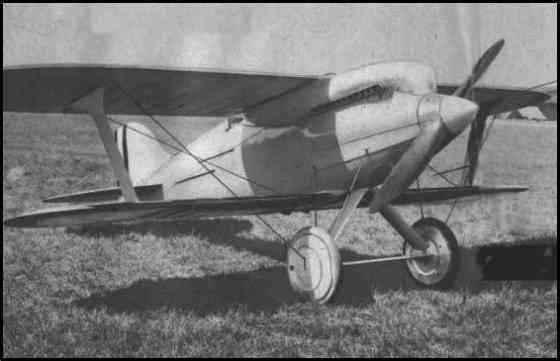ST. LOUIS, MO, 1923
NAVY-CURTISS R2C1

| INTERNATIONAL AIR MEET ST. LOUIS, MO, 1923 NAVY-CURTISS R2C1 |
||
 |
|
The new Navy-Curtiss R2C1 is credited with having attained the terrific speed of 266 miles an hour
in a trial flight. September 30, 1923 The Pulitzer Trophy Race was the contest everyone had come to see, for it was to be a test of pure speed among the fastest ships available. The Navy had entered four pilots, two in 700-horsepower Wright torpedo bombers and two in 500-horsepower Curtiss fighters. One of the most remarkable features of the race was the consistency of the three pairs of sister ships which participated in the 124.27 mile race. Navy Lieutenants Williams and Brow took first and second places (worth $1,500 and $1,000 respectively in Curtiss R2C1 racers. Brow averaged 241.78 miles per hour, less than two miles per hour slower than William's speed. November 2, 1923 Lieutenant H. J. Brow, flying an R2C1 equipped with a Curtiss D-12 engine, established a world's speed record at Mitchel Field, Long Island, averaging 259 m.p.h. in four flights over the 3 kilometer course. November 4, 1923 Lieutenant A. J. Williams, flying an R2C1 equipped with a Curtiss D-12 engine, established a world's speed record at Mitchel Field, Long Island, averaging 266.59 m.p.h., bettering the record set by Lieutenant Brow only two days before. Gallery 6 

|